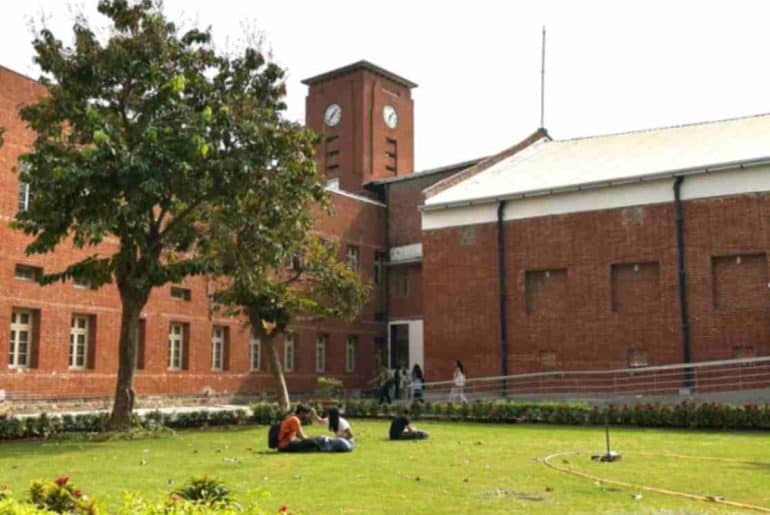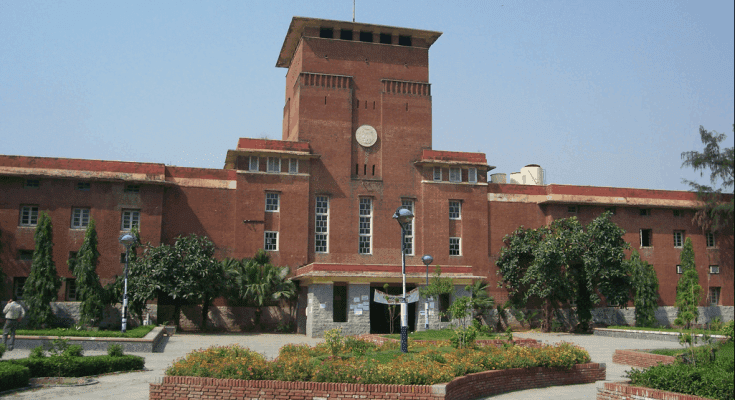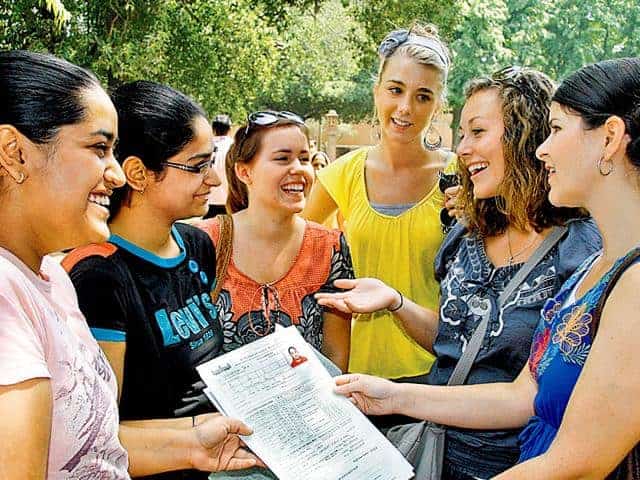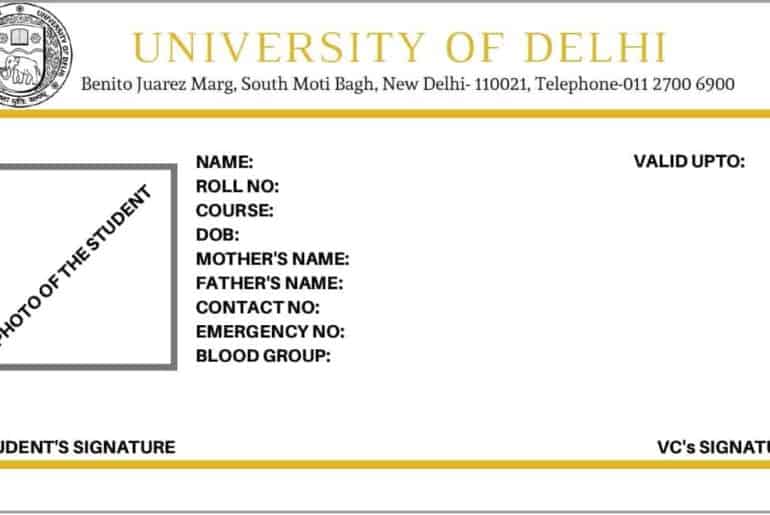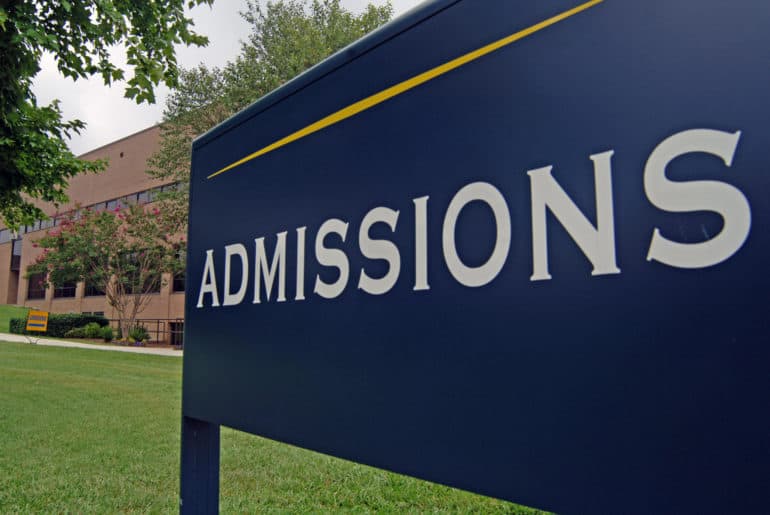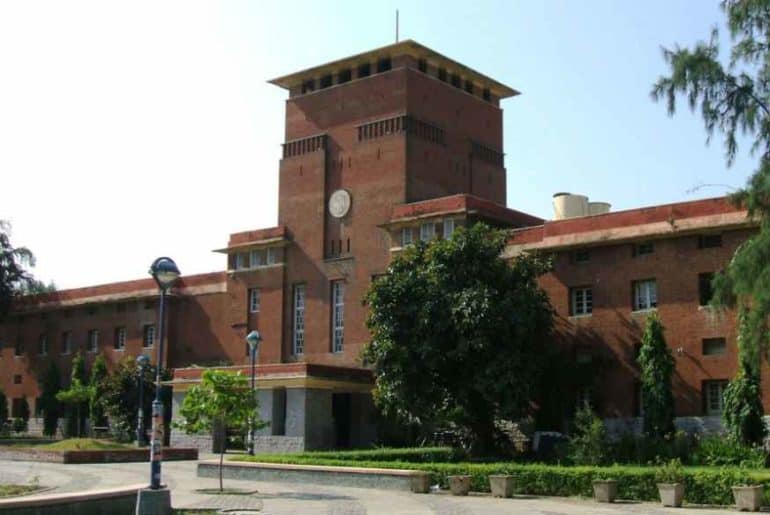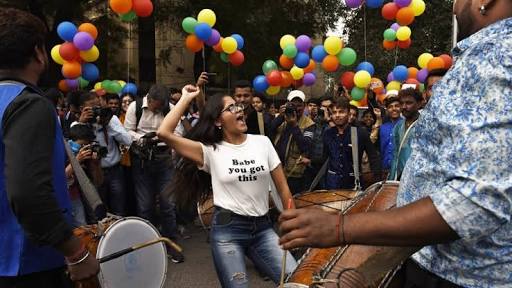To raise awareness among youngsters about India’s achievements in various fields, the University Grants Commission has asked universities and colleges across the country to set up ‘Selfie Points’ at various strategic locations on their campuses.
The initiative by UGC to set up ‘Selfie Points’ across all campuses is aimed at raising awareness among young individuals about India’s accomplishments across various domains, particularly the new and latest major thrust initiatives under New Education Policy (NEP) 2020, like ‘Ek Bharat, Shreshth Bharat’.
These selfie points are to be created “in accordance with approved designs in 3D layouts shared by the ministry of education.” The directive carried various themes for their creation; these included the internationalization of education, unity in diversity, the Smart India Hackathon, the Indian knowledge system, multilingualism, and India’s rise in higher education, research, and innovation.
These selfie points will not only serve as a source of pride but also enlighten every citizen about the transformative initiatives that have propelled India’s growth on the global stage. Students and visitors should be encouraged to capture and share these special moments on social media platforms, fostering a sense of collective pride.
–Manish Ratnakar Joshi, UGC secretary
The UGC urged all institutes across the length and breadth of the nation to adhere to these designs to maintain uniformity across campuses.
There is a unique opportunity to harness the energy and enthusiasm of youngsters, molding their minds with inspiration drawn from India’s progress in diverse fields. The selfie points will emerge as a dynamic and engaging place to instill a sense of national pride.
UGC is expecting the selfie points to become dynamic and engaging spaces, instilling a sense of national pride and awareness among students with the goal of inspiring generations.
These designs were shared on a Google Drive link attached to the UGC’s letter. Each design carried a large image of the Prime Minister along with snapshots of the government’s achievements in the fields of education, research, and innovation, in addition to certain representative pictures on the theme.
The notice received a considerable amount of criticism from faculty members and academicians. In an article by The Telegraph, a faculty member called this directive ‘full-blown propaganda to build a cult figure’, while another faculty member saw it as ‘promotion of a single opinion by dominant forces’.
However, days after the notice was issued, UGC withdrew the suggested designs linked to the directive. The regulatory body did not specify the reasons behind this withdrawal, though the directive to set up the selfie points remains intact.
Read Also: DU’s Plagiarised Strategic Plan Withdrawn
Featured Image Credits: Himanshu Kumar for DU Beat
Kavya Vashisht

